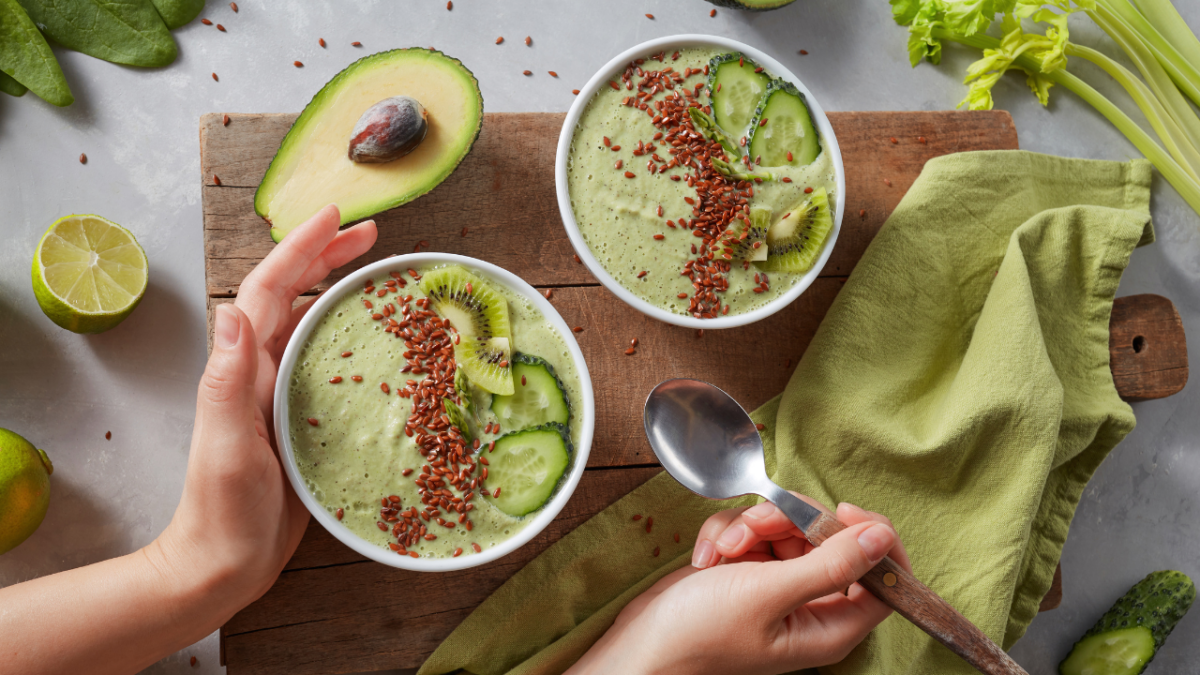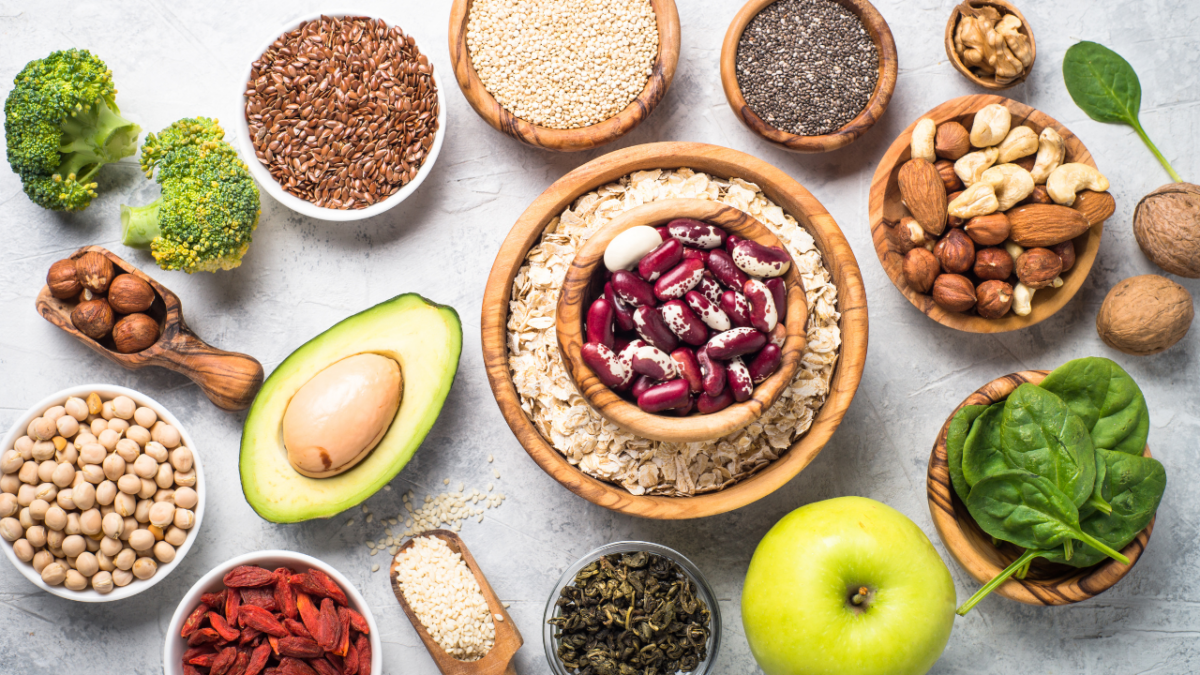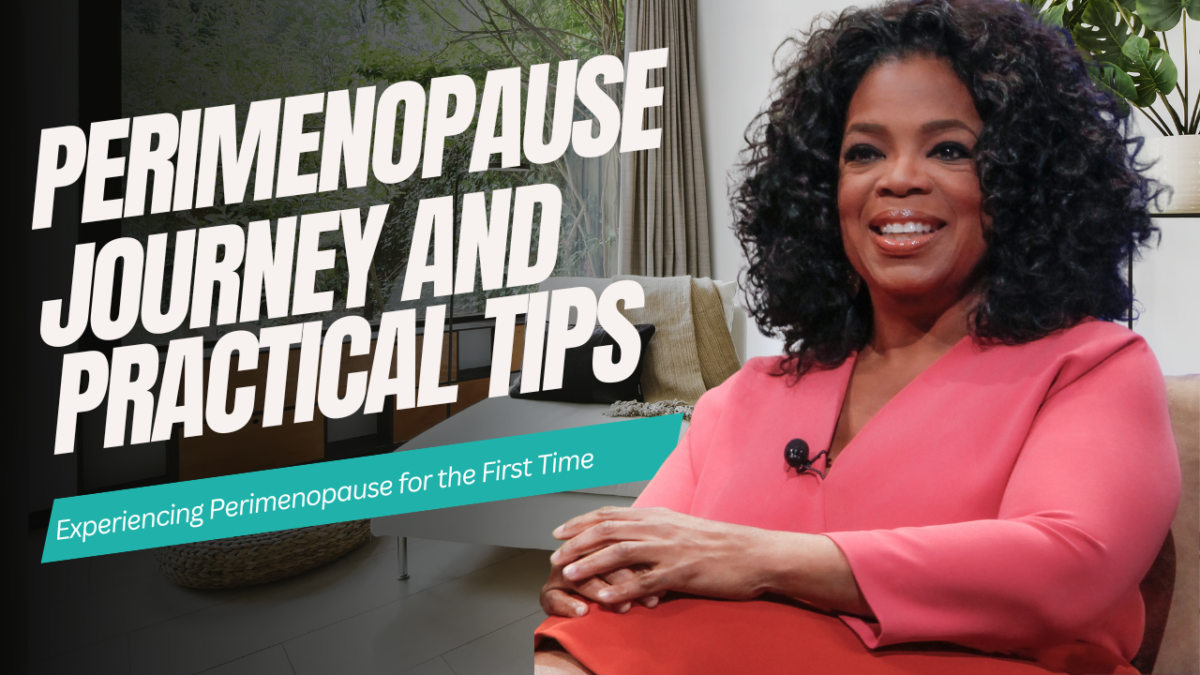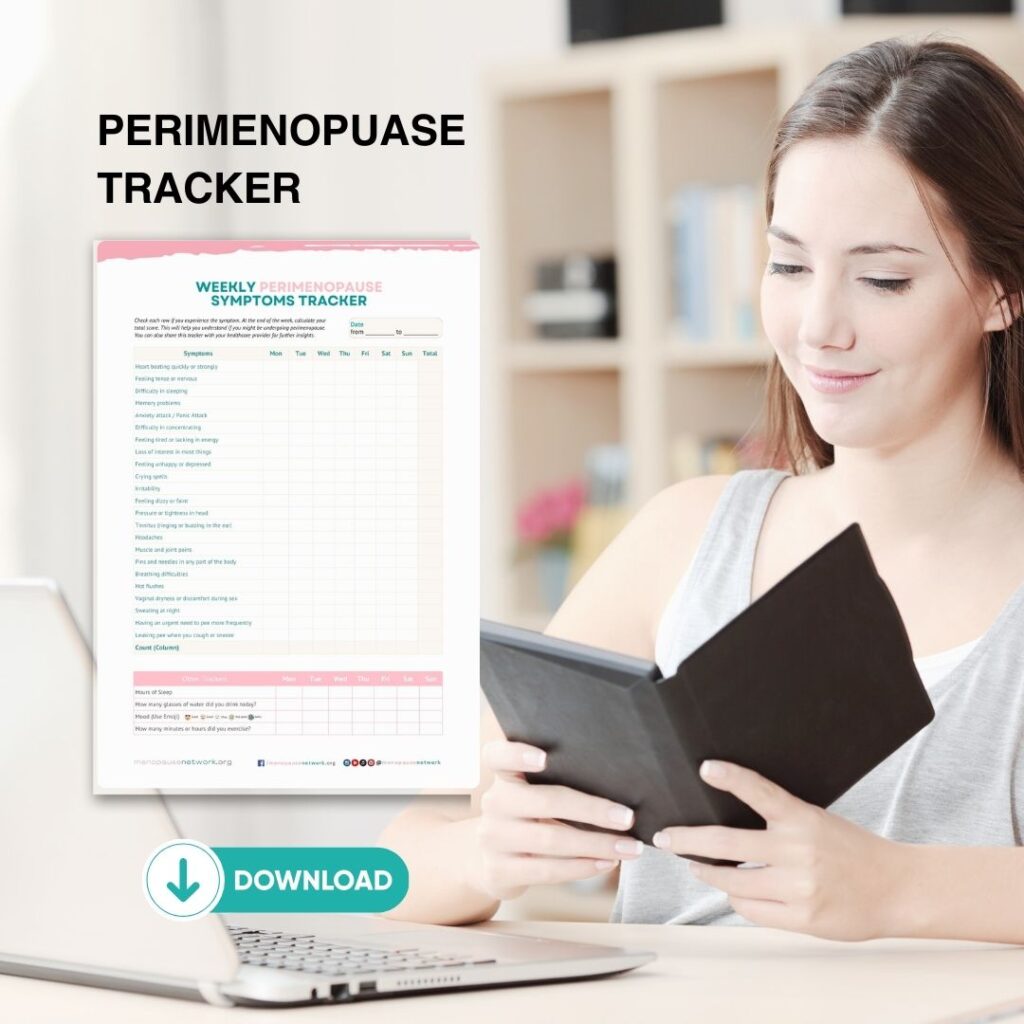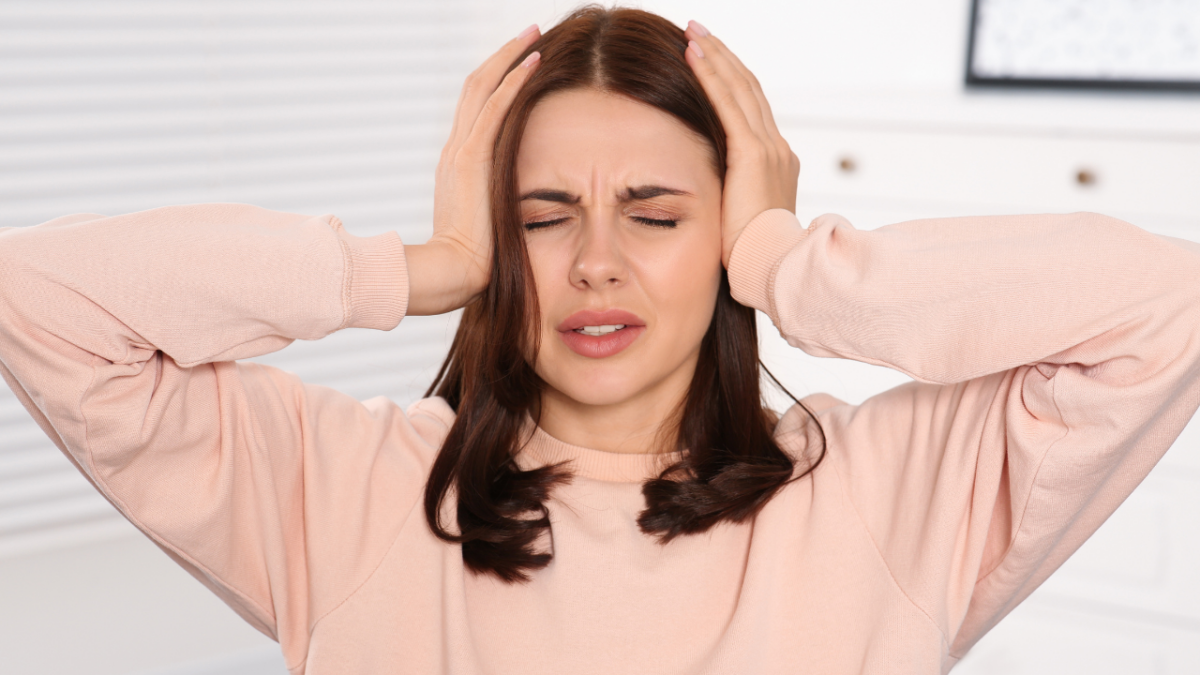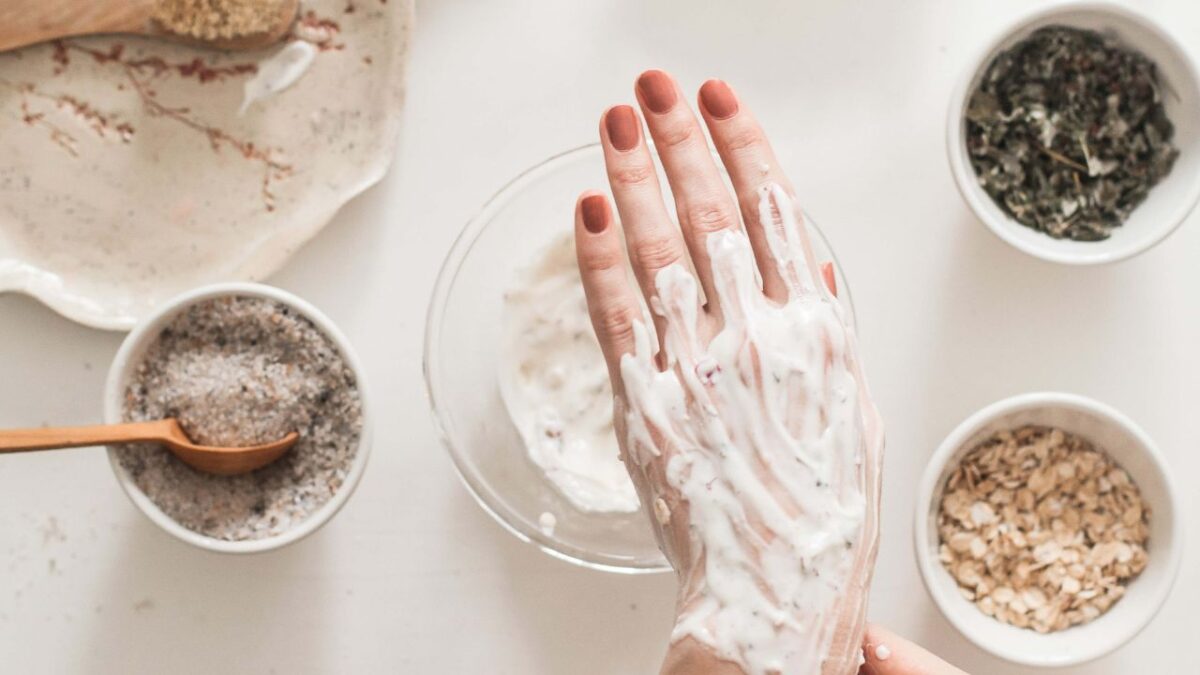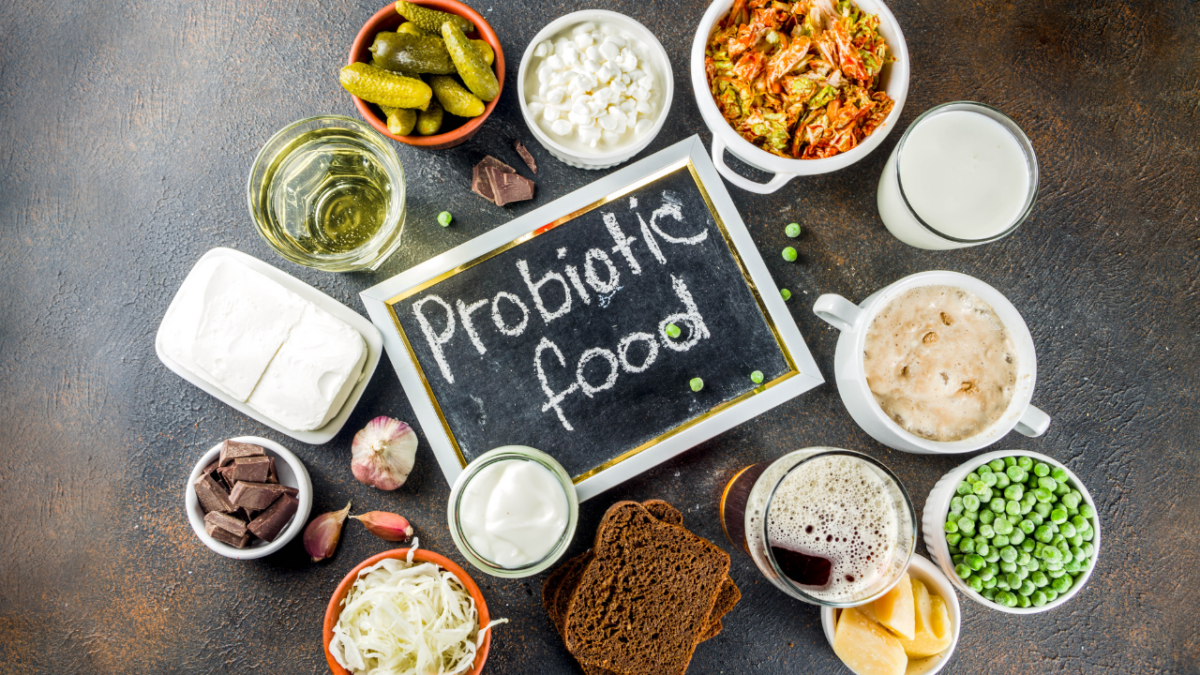When you’re in your prime, enjoying life, juggling family, relationships, and career, perimenopause is probably the last thing on your mind. Then, as you approach your 40s (or earlier), things start to change. Suddenly, you’re feeling anxious, overwhelmed, easily irritated, and emotional for no clear reason. You might even wonder if you’re losing it! Your skin becomes dry, itchy, and pale, and those sleepless nights leave you feeling exhausted.
A visit to your doctor reveals the answer: you’re approaching perimenopause.
Perimenopause is the transition period leading up to menopause, with fluctuating hormone levels, especially estrogen and progesterone. It can last several years and brings a mix of symptoms like irregular menstrual cycles, hot flashes, night sweats, mood swings, sleep issues, and brain fog. Knowing what’s happening can help you manage these changes more effectively.
The good news? There are plenty of handy tools to help you navigate this phase with ease and confidence. In this article, we’ll explore several tools that can make your perimenopause journey smoother and more manageable.
Hormone Tracking Apps
One of the most valuable tools in your perimenopausal toolkit is a hormone tracking app. These apps help you monitor your menstrual cycles, symptoms, and hormonal shifts over time. Apps like Clue, Flo, and MyFLO are fantastic for logging daily symptoms and spotting patterns. They offer insights into cycle regularity, predict ovulation, and provide tips for managing symptoms.
Wearable Technology for Sleep
Sleep issues are a common gripe during perimenopause. Wearable tech like smartwatches and fitness trackers can be game-changers in monitoring your sleep patterns. Gadgets like the Fitbit, Apple Watch, and Oura Ring track sleep stages, heart rate, and movement, giving you valuable data to help improve your sleep quality. You can identify what disrupts your sleep and implement strategies like sticking to a regular sleep schedule and creating a calming bedtime routine.
Nutrition and Hydration Apps
What you eat and drink plays a huge role in managing perimenopausal symptoms. Nutrition and hydration apps can help you make healthier choices, track your water intake, and ensure you’re getting the nutrients you need. MyFitnessPal, Lose It!, and WaterMinder are great for logging meals, tracking macronutrient intake, and setting hydration goals. Proper nutrition and hydration can help reduce hot flashes and mood swings.
Mindfulness and Meditation Apps
Managing stress is crucial during perimenopause, as stress can make symptoms worse. Mindfulness and meditation apps offer guided sessions to help you relax and reduce stress. Headspace, Calm, and Insight Timer provide a variety of meditation practices, from breathing exercises to sleep meditations. Regular mindfulness practice can improve your emotional well-being, enhance sleep, and reduce anxiety.
Exercise and Fitness Apps
Staying active is a surefire way to manage perimenopausal symptoms and boost overall health. Exercise and fitness apps offer personalized workout plans, track your progress, and keep you motivated. Apps like Nike Training Club, Peloton, and Daily Burn offer everything from yoga and pilates to strength training and cardio. Regular exercise can help manage weight, improve mood, and increase energy levels.
Thermometers for Hot Flashes
Hot flashes are a signature symptom of perimenopause and can be downright annoying. Handheld thermometers or wearable devices that monitor body temperature can help you anticipate and manage them. Products like the Embr Wave bracelet use thermal technology to provide cooling or warming sensations, offering immediate relief during a hot flash. Knowing your triggers and having tools for quick relief can make a huge difference.
Journaling and Symptom Tracking
Keeping a journal to track symptoms and emotions can be very effective in managing perimenopause. Write down your daily experiences, symptoms, and triggers to spot patterns and develop coping strategies. There are even dedicated symptom-tracking journals designed specifically for perimenopause and menopause, with prompts and sections to record various health aspects.
Herbal Supplements and Teas
Herbal supplements and teas are popular natural remedies for perimenopausal symptoms. Supplements like black cohosh, evening primrose oil, and red clover can help manage hot flashes, mood swings, and sleep disturbances. Herbal teas like chamomile, valerian root, and peppermint promote relaxation and improve sleep quality. Always consult with a healthcare provider before starting any new supplement regimen.
Cooling Products
Cooling products, such as cooling pillows, sheets, and fans, can provide significant relief from night sweats and hot flashes. These products help regulate your body temperature for a more comfortable sleep environment. Brands like Chillow and BedJet offer innovative solutions to help you stay cool throughout the night, improving sleep quality and reducing discomfort.
Community and Support Groups
Support from others going through the same experiences can be invaluable during perimenopause. Online communities and support groups offer a platform to share experiences, ask questions, and get advice. Websites like Menopause Network, Menopause Matters, and forums on social media platforms like Facebook provide support and information from peers and experts. Connecting with others can provide emotional support and practical tips for managing symptoms.
Essential Oils and Aromatherapy
Aromatherapy and essential oils can help manage perimenopausal symptoms. Oils like lavender, clary sage, and peppermint can promote relaxation, reduce anxiety, and alleviate hot flashes. Diffusers, roller bottles, and bath salts infused with essential oils can be incorporated into daily routines to create a calming environment. Aromatherapy is a gentle and effective way to support emotional and physical well-being.
Acupressure and Acupuncture Tools
Acupressure and acupuncture are alternative therapies that can help manage perimenopausal symptoms. Acupressure mats and pillows can be used at home to stimulate pressure points and promote relaxation. Acupuncture sessions with a certified practitioner can provide relief from symptoms like hot flashes, insomnia, and mood swings. These therapies can be part of a holistic approach to managing perimenopause.
Pelvic Floor Exercise Devices
Pelvic floor health is crucial during perimenopause, as hormonal changes can affect bladder control and sexual health. Pelvic floor exercise devices, like kegel trainers and biofeedback devices, can help strengthen these muscles. Products like Perifit offer guided exercises and feedback to ensure proper technique and track progress. Regular pelvic floor exercises can improve bladder control, enhance sexual health, and reduce the risk of pelvic floor disorders.
Cognitive Behavioral Therapy (CBT) Apps
Cognitive Behavioral Therapy (CBT) is an effective approach for managing mood swings, anxiety, and depression during perimenopause. CBT apps provide tools and techniques to change negative thought patterns and behaviors. Apps like MoodKit, Woebot, and CBT Thought Diary offer guided sessions, mood tracking, and cognitive exercises. Incorporating CBT techniques can improve emotional resilience and overall mental health.
Hydration Tracking Water Bottles
Staying hydrated is key to managing perimenopausal symptoms, and hydration tracking water bottles can help you keep track of your fluid intake. Smart water bottles like HidrateSpark and Thermos Hydration Bottle monitor your water consumption and remind you to drink regularly. These bottles sync with smartphone apps, making it easy to stay hydrated throughout the day.
Hormone Replacement Therapy (HRT) Monitoring
For some women, Hormone Replacement Therapy (HRT) is an effective treatment for perimenopausal symptoms. Tools to monitor and manage HRT, like pill organizers and medication tracking apps, can ensure you stick to your prescribed regimen. Apps like Medisafe and MyTherapy offer reminders, dosage tracking, and medication interaction checks. Effective HRT management can significantly reduce symptoms and improve your quality of life.
Vaginal Moisturizers and Lubricants
Vaginal dryness is a common issue during perimenopause that can affect comfort and sexual health. Vaginal moisturizers and lubricants can provide relief and improve intimate experiences. Products like Replens, YES VM, and Sylk offer long-lasting hydration and are designed to be gentle on sensitive tissues. Regular use of these products can enhance comfort and sexual well-being.
Health and Wellness Subscriptions
Health and wellness subscription services can provide ongoing support and resources for managing perimenopause. Subscriptions like Care/of for personalized vitamins, Thinx for menstrual products, and Headspace for meditation offer convenient access to tools and products tailored to your needs. These services can help you stay proactive in managing your health and well-being.
Takeaway
Navigating perimenopause can feel like an uphill battle, but with the right tools, it doesn’t have to be overwhelming. From hormone tracking apps and wearable sleep technology to essential oils and support groups, there are numerous resources available to help you manage your symptoms and maintain your quality of life. Embracing these tools can make this transitional period more manageable and even empowering. Remember, every woman’s experience with perimenopause is unique, so it’s important to find what works best for you. By staying informed, proactive, and open to trying new solutions, you can tackle perimenopause with confidence and grace.
Disclaimer: Menopause Network and its staff and contributors are not affiliated with any of the products, tools, or apps featured in this article.


